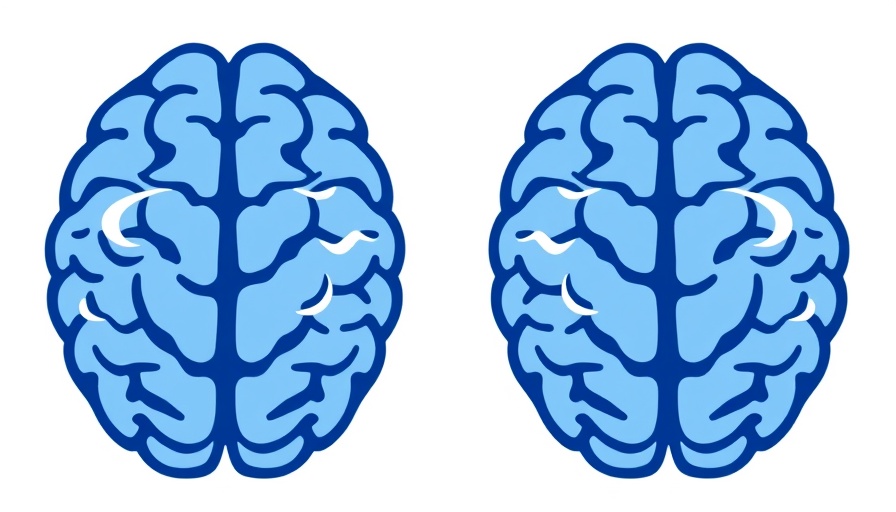
Revolutionizing Stuttering Treatment: A Glimpse into Deep Brain Stimulation
After decades of primarily psychological interpretations, recent scientific advancements have began to uncover the complex neurological underpinnings of stuttering. Recent findings highlight the potential of deep brain stimulation (DBS) as a transformative approach for treating stuttering, offering hope for individuals who struggle with speech fluidity.
Understanding Stuttering's Neurological Roots
Traditionally viewed as a psychological challenge, stuttering is increasingly recognized as a condition linked to neural circuitry differences. Studies indicate that individuals who stutter exhibit significant variations in brain connectivity, particularly within regions responsible for speech production. Notably, the interaction between the auditory cortex and motor cortex is impaired, leading to difficulties in rapid speech signal processing. The left hemisphere typically takes charge, wearing the 'execution hat' in fluent speakers. However, for those who stutter, this role may shift to the right hemisphere, exacerbating their challenges.
Initial Success with Deep Brain Stimulation
A groundbreaking case study from the Cooperative Brain Imaging Center at Goethe University Frankfurt reveals remarkable strides in using DBS to alleviate stuttering. Through the implantation of a fine wire in the left thalamus, recent endeavors have demonstrated a 46% reduction in the frequency of stuttering episodes. Remarkably, when stimulation was turned off unknowingly by the patient, stuttering returned, underlining the biological impact of the treatment.
Potential Benefits and Risks of DBS
Though the initial results are promising, experts, including Dr. Christian Kell, caution against overly high expectations. The invasive nature of DBS introduces inherent risks, necessitating a careful evaluation of long-term consequences. Furthermore, plans for additional studies aim to explore non-invasive stimulation methods to achieve similar outcomes without surgical risks.
From Theory to Practice: Prospects for CBT and DBS Integration
Integrating cognitive behavioral therapy (CBT) with DBS presents an intriguing avenue for comprehensive treatment. While DBS might address the neurological aspects, CBT could tackle the psychological barriers that accompany stuttering, including anxiety and social avoidance. This multifaceted approach might not only yield fluency but also empower individuals to regain confidence in their communication skills.
Broader Implications for Health and Wellness
The implications of advancements in stuttering treatment extend beyond speech therapy, resonating with broader themes of health and wellness. Innovations such as DBS challenge conventional understanding and prompt discussions about the neurobiological aspects of behavioral conditions. These insights could reshape our approach to various health and wellness paradigms, illuminating pathways for recovery that transcend traditional therapy limits.
What's Next? A More Personalized Approach to Stuttering
The future of stuttering treatment lies in personalized interventions that consider individual neurological profiles. This can mean leveraging techniques such as neuromodulation, speech therapy, and even lifestyle medicine to create tailored strategies that promote optimal health and wellness in stuttering populations.
In conclusion, as research progresses, a unified framework combining neuroscience, behavioral therapies, and community support systems stands to revolutionize recovery outcomes for individuals who stutter. Ongoing trials will hopefully build on initial successes to forge effective, safe, and accessible treatment options, thereby enhancing the quality of life for many seeking fluency.
 Add Element
Add Element  Add Row
Add Row 




Write A Comment